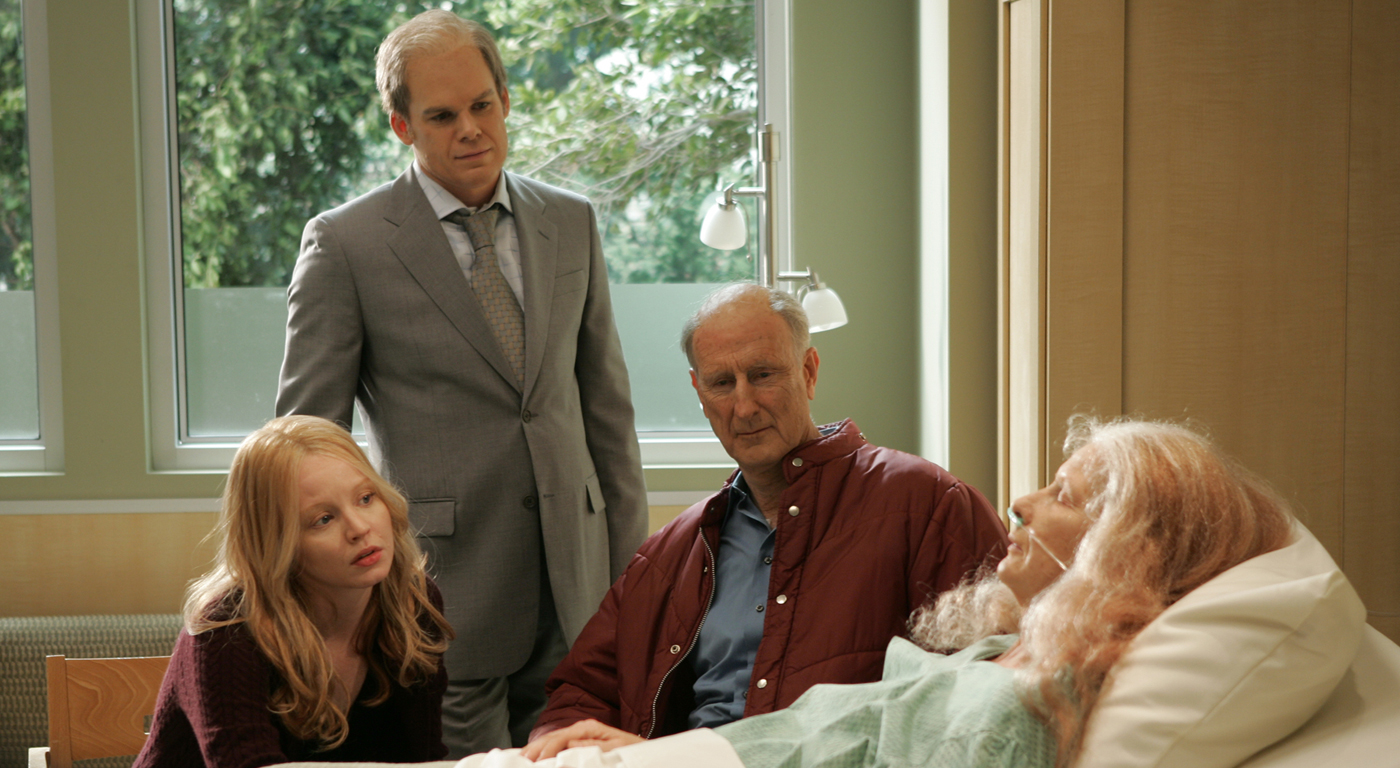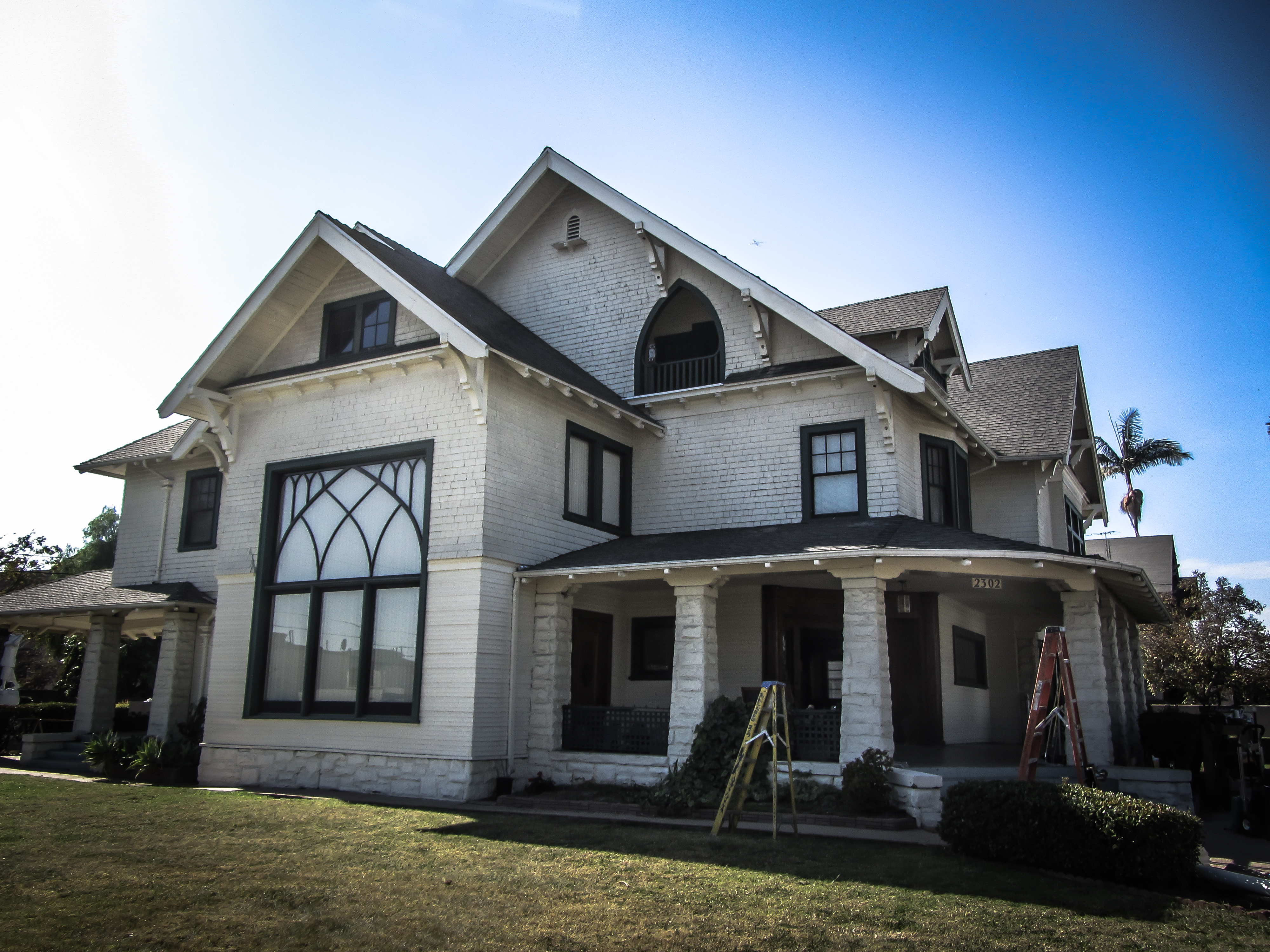“Six Feet Under” Creator Alan Ball Looks Back at the Series Finale
The series finale of Six Feet Under, “Everyone’s Waiting,” has been described as one of the greatest finales in television history. At the 2016 Tribeca Film Festival, showrunner Alan Ball joined critic Matt Zoller Seitz for a screening and discussion of the famous episode in honor of the show’s 15th anniversary. Ball reflected on his personal influences, the familiarity of grief, and just how much the cast and crew cried during the show’s final days.
Alan Ball, creator of the HBO series Six Feet Under (2001 - 2005), provided in-depth commentary during a screening of the series finale (aired in 2005) at the 2016 Tribeca Film Festival. The retrospective screening in honor of Six Feet Under‘s 15th anniversary was moderated by film and television critic Matt Zoller Seitz. Here are Alan Ball’s most interesting comments and reflections, looking back at Six Feet Under:
On the opening credits:
“The opening credits sequence was done by a company called Digital Kitchen. They also did the True Blood credit sequence. We actually started with Tom Newman’s music first. I just asked him, ‘do you want to write something for a TV show?’ He wrote several things and I chose this one. Then we brought the title people in and played the music for them, and we asked them to pitch ideas. They pitched this idea and it seemed really right.”
Six Feet Under opening sequence
On the premise of Six Feet Under and the familiarity of grief:
“It was a great premise, and again, I can’t take credit for it; it was pitched to me by Carolyn Strauss. She said she wanted to do a show about a family-run funeral home. I didn’t know anything specifically about the business, but my sister died when I was 13 [and] my father died when I was 19, so I had been to funerals. I knew that weird, surreal turn that life takes when somebody who was a part of your life is all of the sudden just not there, so it interested me in terms of that. I think the feeling of a funeral home was familiar.”
On the Six Feet Under family:
“Most of the crew had been there since the beginning, and we had really become a family. I know that’s a cliché, but it’s true because you end up spending more time with the people you work with than your actual family when you’re in production on a television series. It was very emotional for everybody.”
On deciding how to end the series:
“The first thing we started talking about was, ‘how do we end it?’ There was a big pitch to make Ruth get Alzheimers and sort of deteriorate over the last season, but I thought that was too depressing and not necessary. Everybody wanted to break Keith and David up. There was even a pitch that the 6th season would be a post-Holocaust thing. When whoever it was said, ‘Let’s just kill everybody,’ I thought yeah, yeah, yeah, and then somebody said, ‘No, let’s be with everybody at the moment of their death.’ I said, ‘That’s perfect.’ What other way should the show end? I’m embarassed I didn’t think of it.”
 Six Feet Under finale (2005)
Six Feet Under finale (2005)
On the influence of Ball’s mother in certain characters:
“There’s a lot of my mother in Ruth. My mom lost her only daughter when I was 13, and she lost her husband. She went through a long period of just being basically destroyed. I think probably there are some similarities to the character Allison Janney plays in American Beauty too. She came out of it though, eventually. But I mean, what do you do when you lose a kid? It’s tough.”
On opening the finale with Rachel having a baby:
“Rachel was actually 8 months pregnant in real life when we shot this, so that’s not a prosthetic stomach. We were all terrified that she was going to induce labor just by acting… I just felt like for the last episode it would be nice to start with a life beginning. That’s a plastic baby. We worked with a prosthetics company, and they just had so much in their warehouse. I remember at the production meeting we were saying, ‘We’re going to need a baby that looks really premature and unhealthy,’ and they went, ‘Oh, we’ve got one of those.’ So they rubbed yogurt and jelly all over it, and I thought it looked pretty good.”
 Fisher & Sons Funeral Home filming location in Los Angeles
Fisher & Sons Funeral Home filming location in Los Angeles
On the Fisher & Sons Funeral Home filming location:
“The house itself is in Los Angeles, and it’s actually the home of the Korean Historical Society. There’s a statue out back of some famous Korean golfer. It’s a big statue, and he’s got those knickers on and a tam… We always had to cover it up with greenery whenever we shot outside the house.”
On Six Feet Under’s literary and film influences:
“[The American Way of Death (1963)], The Loved One (1965) and also Thomas Lynch’s book The Undertaking (1997). I think they all had something to do with helping me determine what the tone of the show should be.”
On grieving the end of the series:
“I remember when I wrote this episode I cried. I had a place in Lake Arrowhead at the time, and I took my two dogs and went up and just shut myself in. When I was writing, I just started weeping. The dogs were looking at me like: What? What did we do? And then when we read it at the table people cried, and then when we shot it people cried. Pretty much the last four episodes, people were crying all the time. But it was good. It was grief, letting go of something. I think it informed the show in a way that was very organic because the show is about people who help us to face our grief when we lose someone important to us. It was pretty cathartic.”

